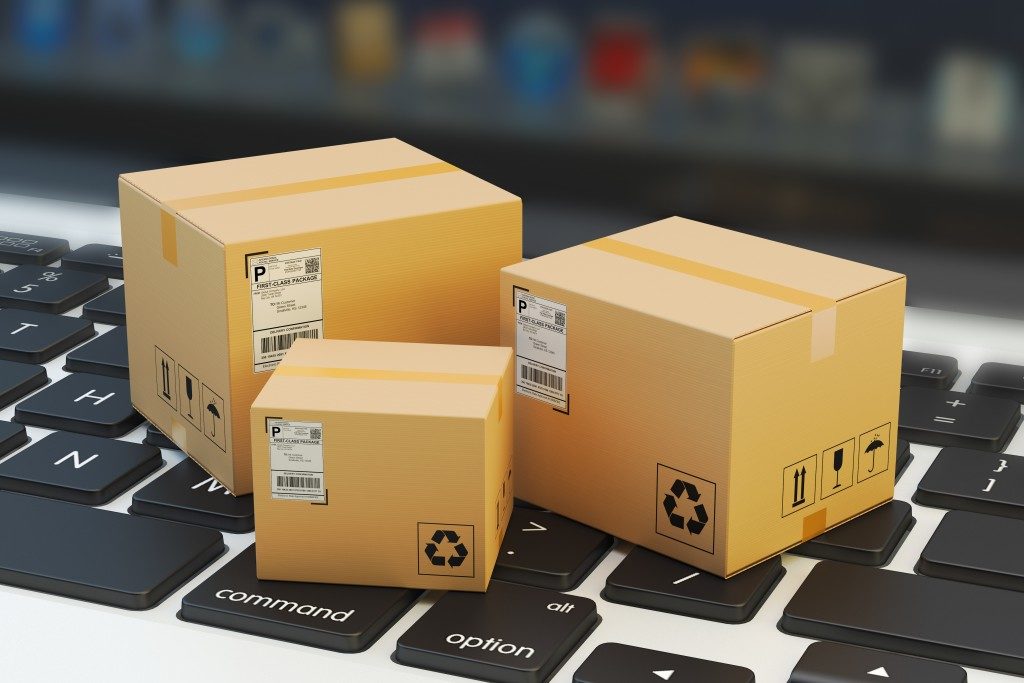If you’re in the foodservice or retail industry, your logistics processes should be optimized as much as possible, especially at the final mile. When you’re having difficulty delivering goods to your buyers, customer satisfaction suffers and profits fall. Hiring more people might seem like a good idea, but it might not be sustainable in the long term. What you need to do is to make your systems more efficient.
Many companies in Singapore outsource their final mile logistics to external courier services. Hiring a local delivery company in Singapore can be an excellent way to supplement your in-house logistics systems. You still stand to gain a lot from improving your processes, however. Check every step of the process and identify bottlenecks and other problems that require your attention.
A small delay, if left unchecked, can quickly snowball into a bigger one. Even if someone catches the problem, it is often too late to fix it, leading to delays, cost overruns, and dissatisfied customers. Here are a few things you can do to improve your company logistics.
1. Plan around your needs
Your logistics processes should reflect the operational needs and objectives of the company. Businesses that require fast delivery times, such as food service and pharmacies, might need to invest more in logistics. If your goal is to minimize delivery costs, services might need to be sacrificed at the expense of lead time.
Retail and wholesale businesses often strike a balance between faster lead time and lower costs. For instance, instead of making piecemeal deliveries, you could wait for a shipment to fill up before dispatching it.
2. Improve internal communications
Bottlenecks in the logistics process can often be solved by simple communication. The management should commit to strengthening internal communication, particularly for those in the logistics chain.
Each step of the process has its problems to manage, and those problems can quickly snowball down the chain. Communication can facilitate understanding and even lead to solutions for common issues.
3. Standardize packaging
A straightforward way to minimize issues is to standardize the sizes and weight of the packaging. Variation in size and weight of the package often results in cost overruns and delays. If you know how big and how heavy a package is, you can calculate how many can fit in a delivery van, for example. This should streamline the delivery process, decreasing the lead time, and reducing logistics costs.
4. Outsource logistics

Not every step of the process has to be done in-house. You can outsource specific operations such as final mile delivery to third party couriers, especially if your focus is increasing speed while lowering costs. Doing this will allow you to focus on other aspects of management.
If you’re a new business, outsourcing to a local delivery company in Singapore can be more cost-effective. Courier services already have the tools and systems in place, and you only need to pay for the actual shipping. You can also negotiate lower rates if you hire them full-time.
Hopefully, this guide will enable you to streamline your logistics and delivery. Improving your systems will not only improve lead time and customer relationships, but it will also make your life easier. With logistics issues out of the way, you can focus on growing the business.

